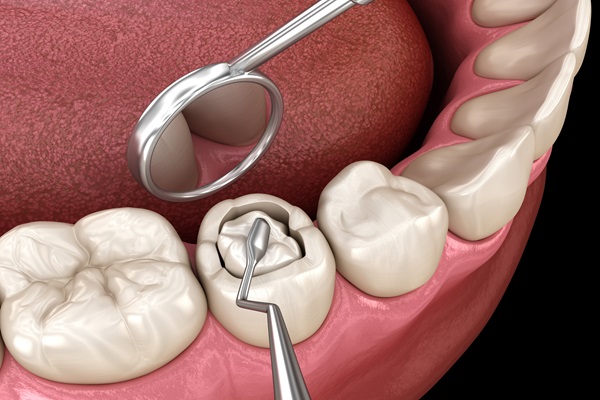Is Painless Dentistry an Option for Me?

People that scared of dental treatments sometimes opt for painless dentistry to feel more at ease. However, it painless dentistry may not be beneficial for everyone. In this article, you will learn about painless dentistry through sedation methods and how to know if you are eligible for the procedure.
What is painless dentistry?
Painless dentistry involves administering sedatives before or during dental treatment. Aside from general anesthesia, which makes the patient completely unconscious, other forms of sedation will help the patient relax. The goal is to ensure patients feel little to no pain throughout the procedure. The most common options used in painless dentistry include nitrous oxide, oral sedatives, and intravenous sedatives.
Many people think general anesthesia is the best option; however, it poses more potential side effects than other forms of sedation. General anesthesia is also often called sleep dentistry. Patients who prefer sleep dentistry or sedation need to consult their dentist first. The dentist will need to know about any history of allergic reactions, especially to anesthesia so that they can take necessary precautions and provide accurate advice.
Local anesthesia is another option, which involves numbing the mouth to minimize pain during a dental procedure. This option is mostly for patients who do not suffer from dental anxiety.
How does painless dentistry work?
The process typically depends on the dental sedation chosen. For oral sedative, the dentist will give the patient a drug prescription and instructions on usage. Correctly following the instructions will help the patient relax and reduce anxiety. After the effects of the medicine kick in, the patient will feel calm and a bit drowsy.
With nitrous oxide, the dentist will deliver it before, during, and after the procedure. This option also does not require preparation. If using IV sedation, patients need to prepare in advance, for instance, the dentist might suggest fasting for a few hours before the procedure. Patients may also need to avoid certain medications that may interfere with the sedatives.
How to know if you are eligible for sedation dentistry
Patients who fit into the following categories may benefit from painless dentistry using sedation methods:
- Phobia for dental procedures
- Awful experience with dental procedures
- Sensitive oral nerves
- Resistance to local anesthesia
- General anxiety disorder
Painless dentistry can help patients deal with dental procedures such as tooth removals, root canals, dental implantation. However, it is not usually used for routine procedures such as dental cleanings and x-rays. Patients suffering from extreme dental phobia may need sedation for such procedures.
Before opting for painless dentistry, patients must consider the procedure and how they react to dental care. For instance, people who fear needles may worsen their fear if given IV sedation. Furthermore, patients who feel vulnerable in the dental chair may want to stick with local anesthesia so they may remain alert. Patients who find themselves postponing dental procedures because they fear the process may consider sleep dentistry.
Final note
Ignoring issues such as cavities, loose or cracked teeth can put your oral health at risk, and may cause the problem to worsen over time. If you are concerned about an upcoming dental procedure, ask your dentist about painless dentistry.
Request an appointment here: https://www.emergencydentistinorlando.com or call Maitland Square Dentistry at (407) 337-1112 for an appointment in our Maitland office.
Check out what others are saying about our services on Yelp: Read our Yelp reviews.
Related Posts
The lifespan of a dental filling is limited. Due to normal wear and tear, a replacement may be necessary. When a filling deteriorates or comes loose, your tooth loses the protection that it has against injury and decay and will be more vulnerable to dangerous bacteria. To avoid more dental issues in the future, you…
A dental crown can save a tooth that is in danger of extraction. Dental crowns serve a dual purpose. They reinforce the tooth structure and improve the appearance of the smile at the same time. This means that a dentist could recommend a crown as a treatment for tooth decay or injury. A cosmetic dentist…
The time and effort that go into fitting a dental crown suggest a permanent restoration. Maybe it is the fact that installing a dental crown often requires multiple dentist visits. It could be the permanence that comes with the removal of enamel before the placement of a crown. Dental crowns that sit on dental implants…
A dental crown is a versatile restoration that can be used to address a wide range of dental issues like a cracked, chipped, decayed, deformed, or broken tooth. The crown covers up the part of the tooth that is visible above the gums, protecting it from further damage and acids made by oral bacteria.The severity…


